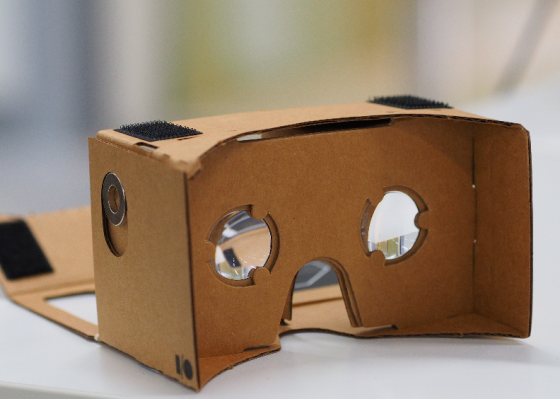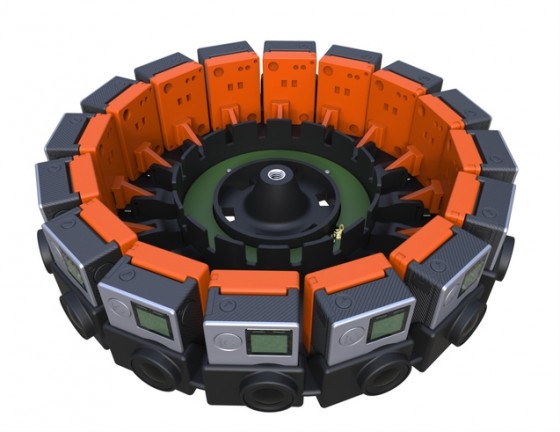Google Cardboard sales and giveaways reach 5 million units.
Google has sold or given away at least 5 million Cardboard virtual reality viewers since its launch in 2014. The New York Times gave out 1.1 million units, and other firms combined have probably delivered another 500,000. We think by the end of the year there will be at least 7 million Cardboard VR viewers in the wild. If you didn’t get a free one, you can find them on the web for as low as $4, and up to $20. And Samsung is giving away Gear when you buy a new phone. That’s still a lot less than $600 to $800, and they don’t require an expensive PC, or make you wear an umbilical cord like the Alien.

Google and the Times, as well as others, have something else going for them: apps, content, and distribution. VR apps on the Google Play Store have surpassed 2,000, with downloads reaching 25 million, according to Mike Jazayeri, Director of Product Management, Google Cardboard (VR).
Google also plans to implement new technologies to enrich the virtual reality ecosystem. Google has established the Cardboard Design Lab to specifically handle technology development and improvements.
In addition to gaming, Google, Samsung, Qualcomm, and others hope VR will meet demand from the education sector, such as connecting VR displays with mobile devices.
Although gaming seems to be a major application for VR, the actual “killer app” has not yet appeared. However, we believe passive VR viewing is probably going to be the biggest VR app. Recognizing that, Google partnered with GoPro to release its Jump camera, which is able to take images via 16 cameras in ring array format, which can be transformed into a VR video via the solution’s compiler. The solution will become available this year.

More than 50 million mobile VR devices will ship by 2020 as virtual reality takes a step forward in 2016, according to ABI Research.





